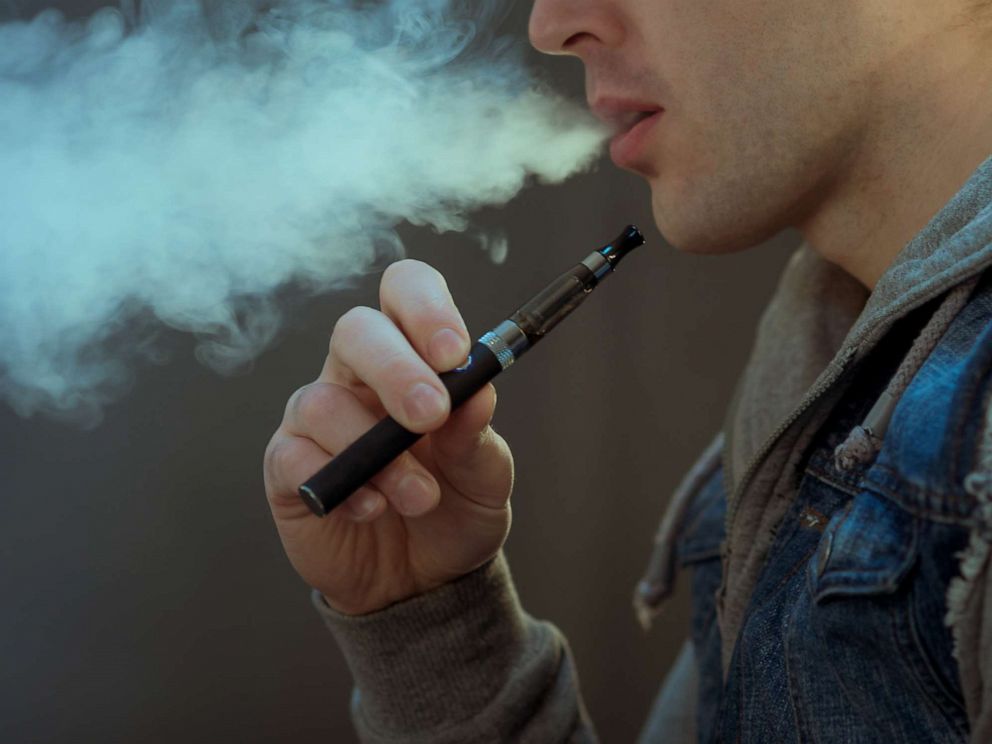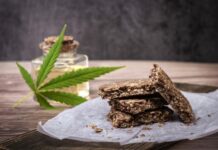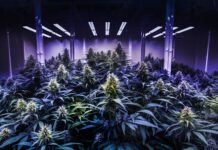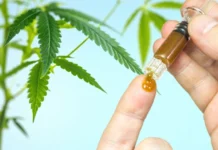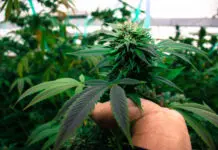Throughout the years, marijuana and the people who use it have had a complex relationship with society. People have been using the plant for hundreds of years, but somewhere along the line, it became severely criminalized in many countries. People thought it was dangerous and deadly, labeling it as a “gateway drug.”
But in the last decade or so, the tides have begun to turn. More people, and legislators, have recognized the medicinal and recreational benefits that this unique plant offers. And for this reason, the legality surrounding cannabis has changed drastically. In the United States, it may be a matter of time before it’s legalized in every state across the country.
To improve your understanding of cannabis and its various uses, it’s important to study some of its key elements. Today, we’ll discuss how people consume marijuana.
There are three primary ways to use cannabis: vaping, smoking, and edibles. Each way has its pros and cons. And not everyone reacts to them the same way.
Keep reading to learn the key differences between these different methods.
Vaping

When you use a vape, or vaporizer, for marijuana, you are inhaling concentrated THC through the device in the form of purified cannabis oil. This is different than smoking when you burn the cannabis flower to activate it.
Vaping is one of the newest ways to use cannabis. The first modern e-cigarette hit the market in the mid-2000s. From there, it became a popular alternative to tobacco cigarettes and was also adopted for cannabis purposes.
Because the THC contained in cannabis vaping products are more concentrated, it does have the potential to be much stronger. For this reason, RELX recommends that you be a little more careful when using a vaping device, especially if you are a first-time smoker.
When choosing a vaping device, it’s important to find one that works for you. The weight and feel of the device are both important considerations.
Pros of Vaping

- Discreet: Most vaping devices are small and inconspicuous. They can easily fit into your pocket, purse, backpack, or another container. The smoke that is released from these devices may have a slight odor but is much less recognizable than the smoke produced from a joint, bowl, or bong.
- Easier on the lungs: While breathing a foreign substance into your lungs is never great for them, vaping is easier on your lungs than traditional smoking. During a traditional smoking session, you are burning the flower, which creates more smoke that could irritate you.
Cons of Vaping
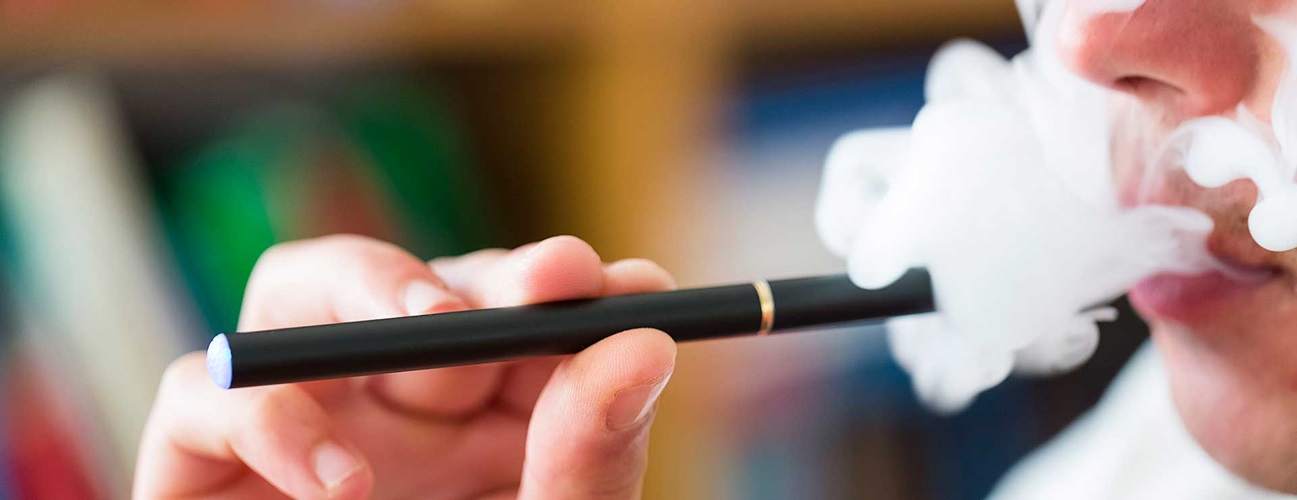
- Health issues: If you don’t go through the appropriate paths to get THC cartridges, you run the risk of using cross-contaminated products on the black market that may cause health issues.
- Easy to go through: On one hand, having a pen to use whenever you want is convenient. On the other, if you use it too frequently, you go through the product faster.
Traditional Smoking

This is the tried and true method for using cannabis. The most popular ways to smoke marijuana are:
- Joints
- Blunts
- Bongs
- Bowls
If you are a regular smoker, you probably have a permanent piece for smoking. Many people prefer to smoke in some form or another when using cannabis. It is a social activity as well. It can be a fun thing to do with friends when you’re all together.
Smoking marijuana will always be a timeless way to consume THC. It may take longer to roll a joint than prepare a vape, but nothing can replace the feeling of passing a piece or rolled paper among friends.
Pros of Smoking
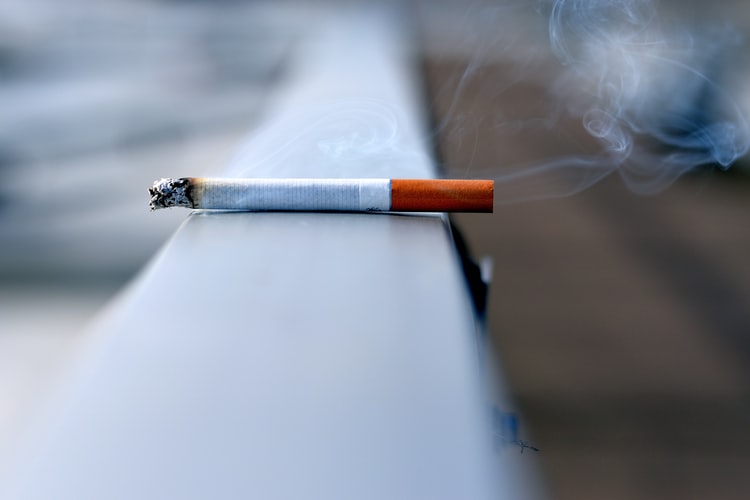
- Easier to control your dose: With smoking, you have better control over how much you are taking in. This may not be true if you are a first-time smoker, but with more experience, you’ll be able to judge your limits.
Cons of Smoking

- More maintenance: If you have a permanent piece that you use, such as a bowl or bong, you have to clean it regularly. You also have to take care that you don’t break it.
Edibles

Edibles are a great way to partake in cannabis if you are a non-smoker. There is a lot of freedom when it comes to this method, especially if you are making the edibles yourself.
To make edibles, most people will make cannabutter. Cannabutter can be made by infusing THC into butter through a simple cooking process. From there, you can use it to make all kinds of delicious items.
Sweets such as brownies and cookies are a go-to for many. Some people even add cannabutter to their morning coffee and toast.
Pros of Edibles
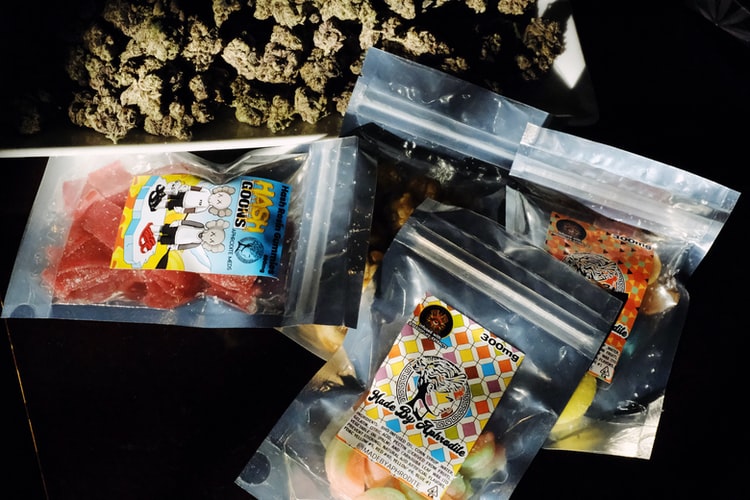
- Doesn’t hurt your lungs: If you have severe asthma or any other condition that prevents you from safely smoking, edibles are a smart alternative.
- Long, intense high: Like vaping, most edibles are made with concentrated THC. This provides an intense high. Because you are digesting it, you also have the potential for a longer high.
- Discreet: Like vaping, edibles are highly discreet. For most edibles, you can’t tell that they contain cannabis. Hopefully, you’re never surprised by what you thought was just a “regular brownie”.
Cons of Edibles
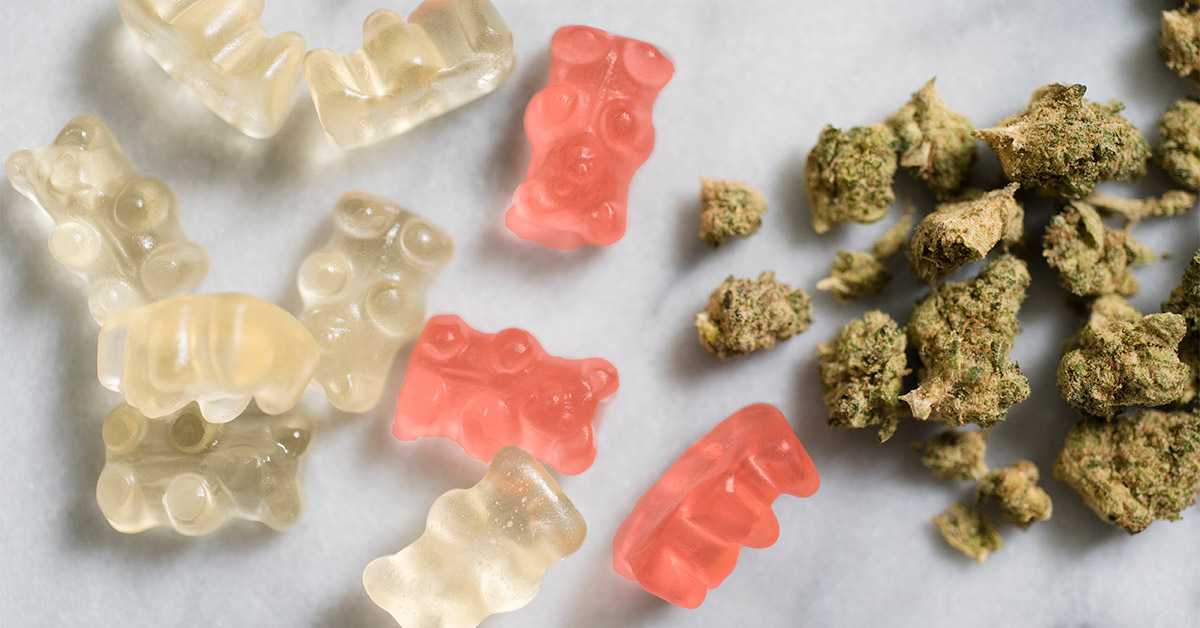
- May take longer to kick in: Although edibles do offer users a long, intense high, it may take up to an hour or so for you to feel the effects. It largely depends on your metabolism and how quickly you digest the edible.
Other
These are not the only way to use cannabis, but they are the most common methods. Another popular form is the transdermal patch. This is a patch that is absorbed through your skin. This a popular option for focused relief and pain management, especially with CBD.
Conclusion
If you are just beginning to use cannabis, either recreationally or for medical purposes, you should explore some of these different options to find what works best for you. They all provide a different experience.
You may end up using all three. Just be aware of the pros and cons of each before you do!

